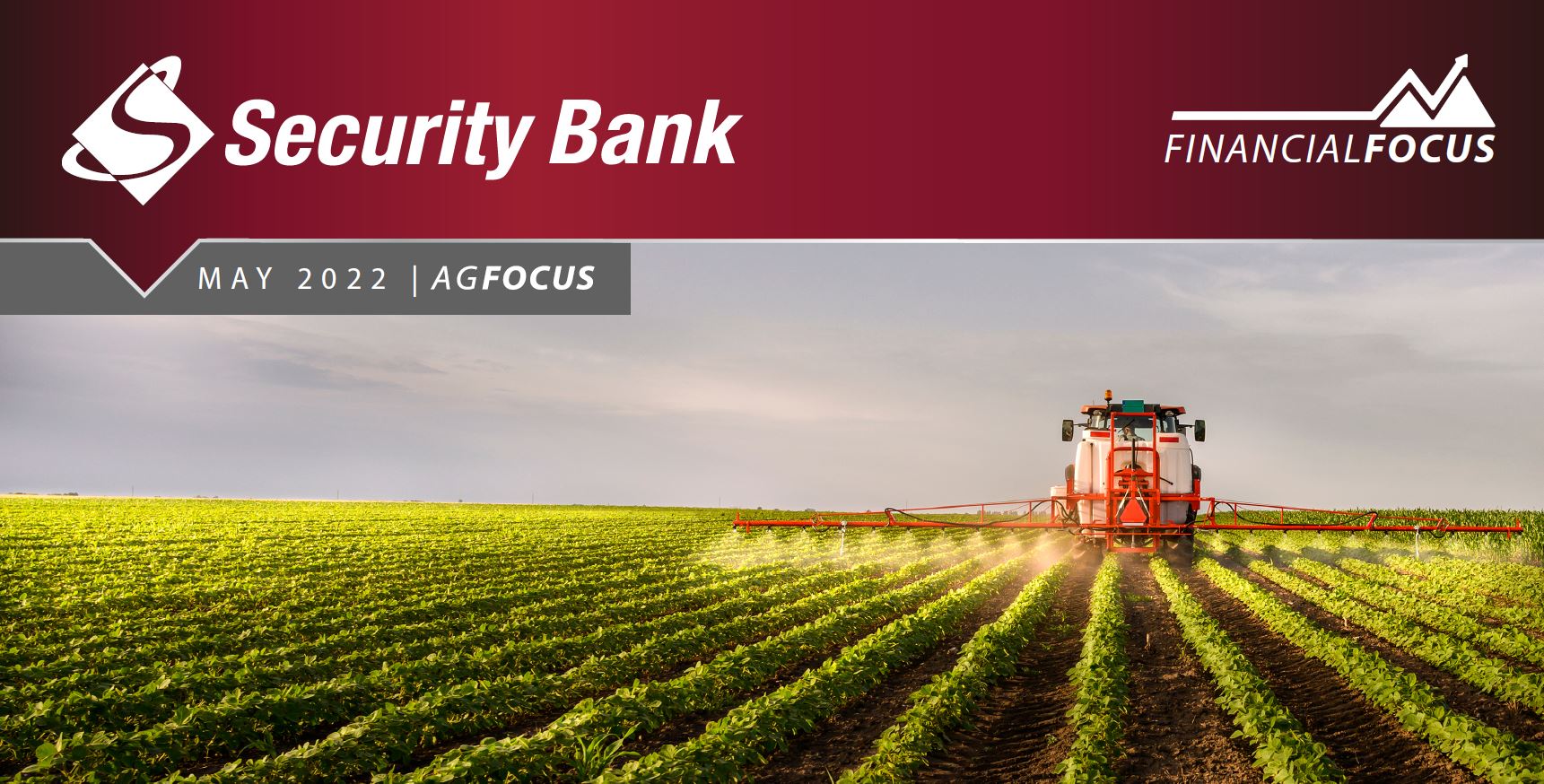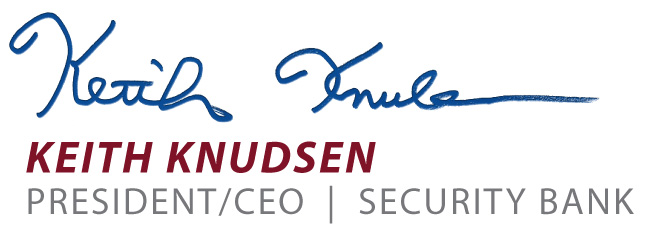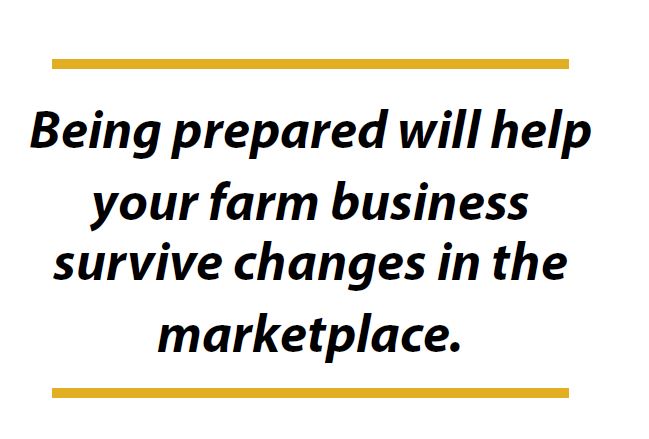
Prepare Your Farm for the Next Financial Landscape
May 27, 2022
| AgFocus-Ag Focus
|

As planting winds down, you are already looking ahead to the next set of tasks for your farm operation. Your operation runs in seasons and cycles, and so does the financial landscape. Our friend, Dr. David Kohl, has some good thoughts to keep in mind in the event the current cycle turns the other direction in the coming months or years.

|
Prepare your Farm for the Economic and Financial Flip in 2022

(Article appeared in April 2022 Corn and Soybean Digest)
Commodity prices, whether on the revenue or input side, have been red-hot with whiplash volatility. Often there is a decade worth of change within a two-week period. The current economic situation is very reminiscent of the late 1970s. Dusting off the old playbook, the parallel universe of that era includes high energy costs, geopolitical and military aggression, real estate inflating balance sheets, and increasing input costs.
The next 12 to 18 months will be a landscape of economic and financial challenges as well as opportunities. One major concern for all agriculture producers is the economic or financial flip. This is when commodity prices spike as a result of a convergence of events that creates positive short and long-term price expectations. This is followed by a sharp drop in prices received with slower declines in input costs, particularly built-in fixed costs such as land rents and land values.
What usually follows is a negative flip margin, which lasts for 12 to 24 months. This is when cash flows and profits are squeezed or suppressed. This occurred in the late 1970s when international markets became less lucrative due to political and military negotiations. Former Federal Reserve Chairman Paul Volcker increased interest rates at an accelerated rate and regulators pressured lenders to tighten credit. This created the perfect cocktail for the financial liquidity crunch that occurred during that period of time.
What are some defensive and offensive strategies to proactively manage this classic economic flip? Priority number one for producers is to build financial liquidity. Liquidity provides your business with both agility and resiliency to handle economic shocks or events that create shockwaves.
Next, take ownership of your finances by calculating the cost of production so that marketing and risk management plans can be astutely executed. Develop different financial scenarios using cash budgets and cash flow statements to ascertain how different levels of economic shocks influence margins.
There is an old saying that high prices cure high prices. The issue here is that lower commodity prices impact the revenue side first followed by a decline in expenses at a later date. Hopefully the economic flip will not occur, but being prepared will allow you to be one step ahead to take advantage of what the marketplace delivers.
*Source: David Kohl, which is solely responsible for the information provided and is wholly owned by the source. Informa Business Media and all its subsidiaries are not responsible for any of the content contained in this information asset.*

